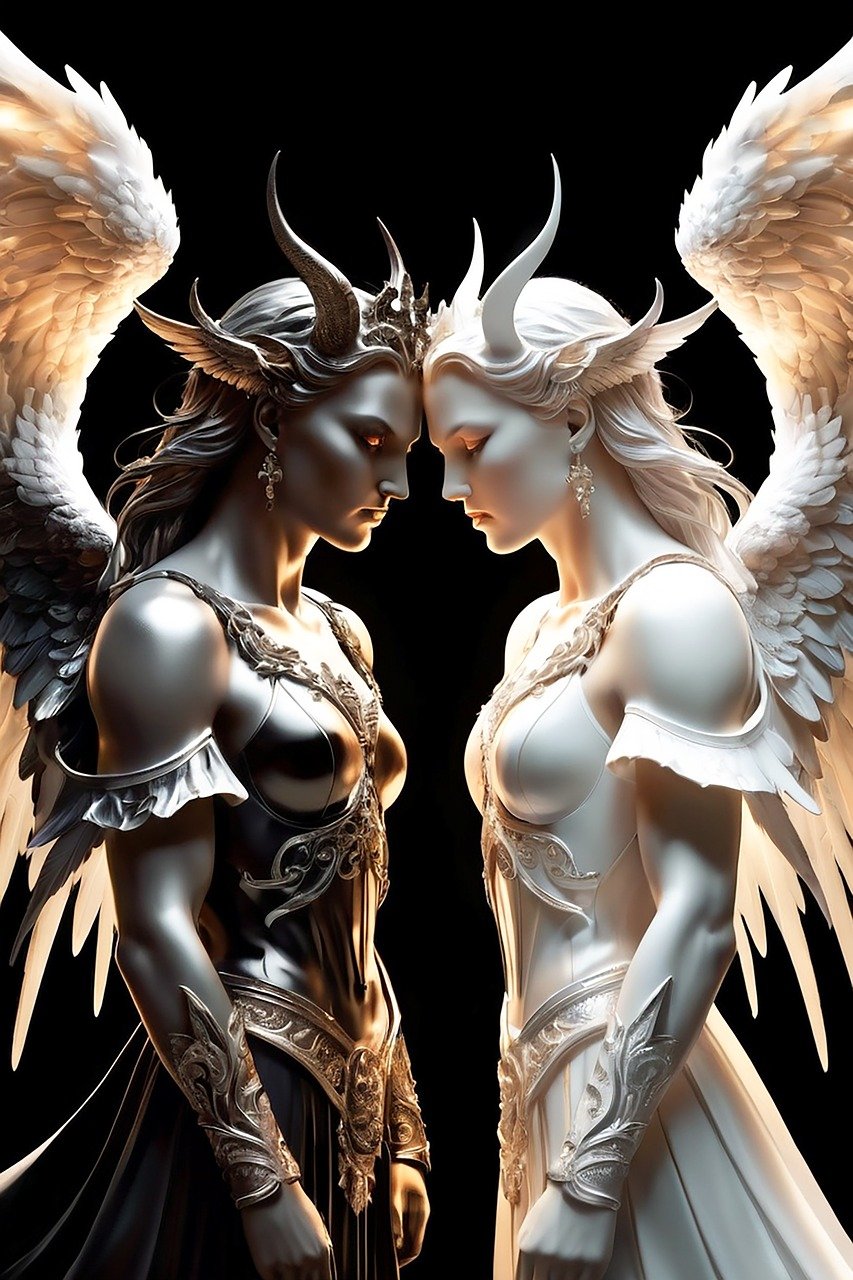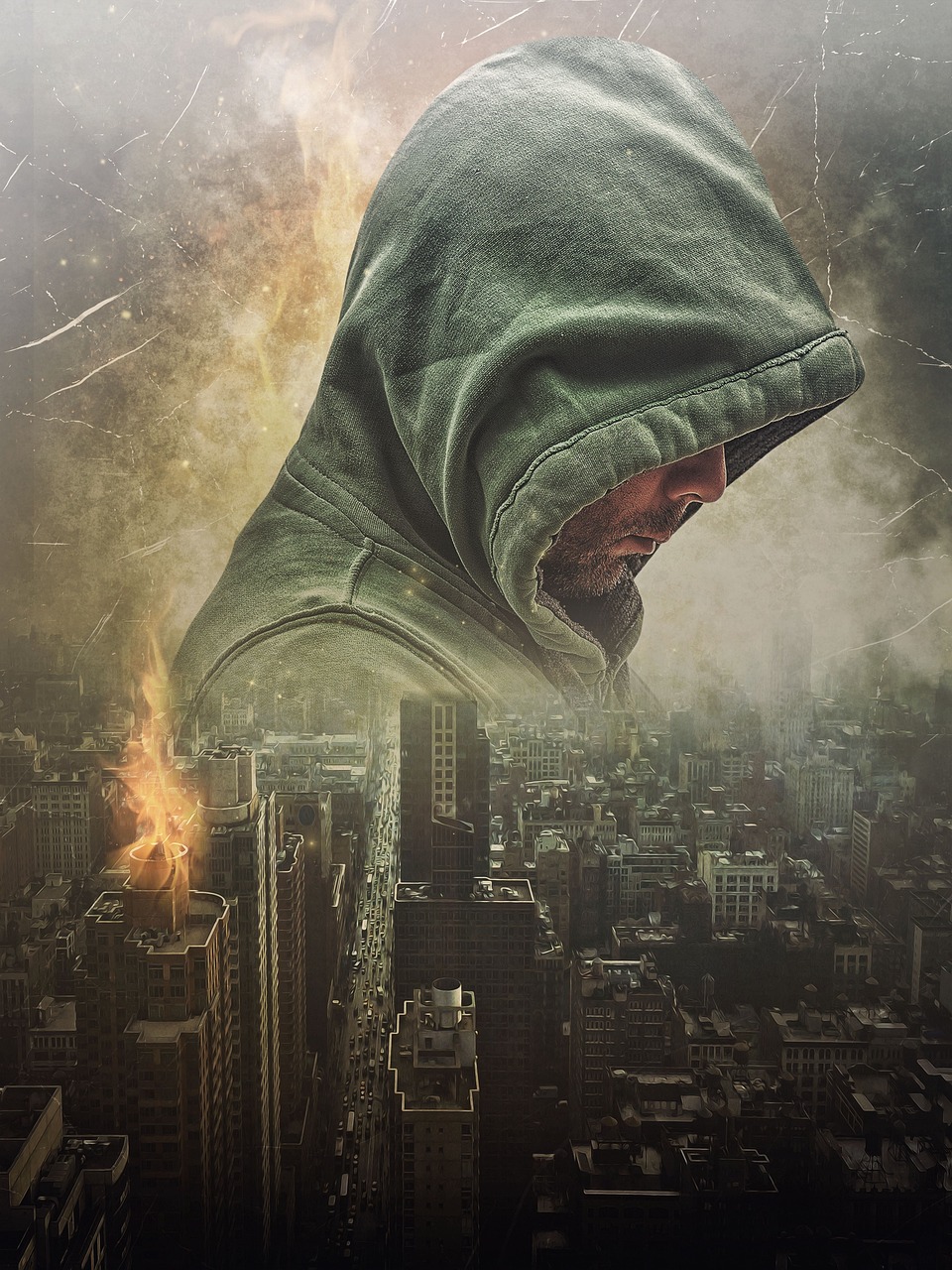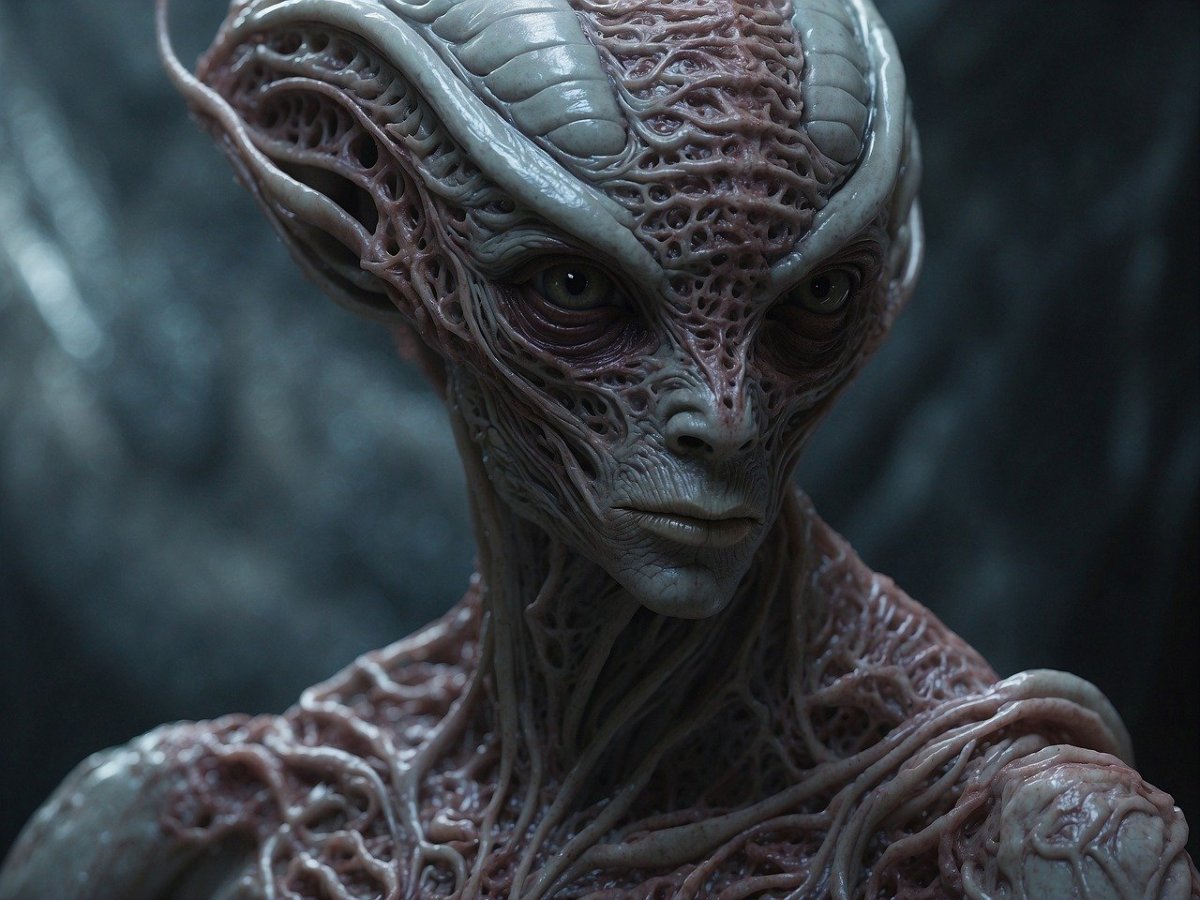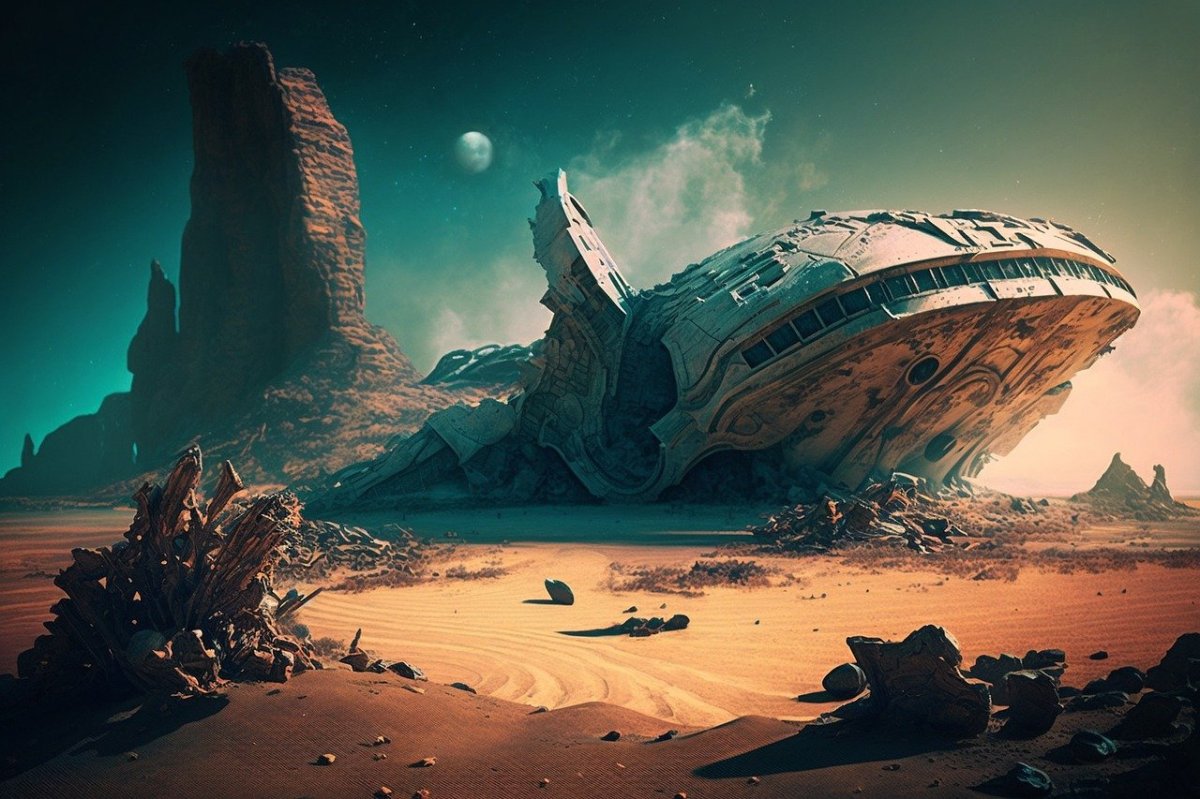Hard science fiction stands as a unique bastion within the speculative genre, revered for its meticulous adherence to scientific accuracy and detail. It paints futures refined by realism, weaving narratives deeply entrenched in plausible science. This subgenre, exemplified by luminaries like Arthur C. Clarke and Kim Stanley Robinson, challenges writers to envision the future through the lens of the possible, rather than the purely fantastical.
Yet, a common question emerges among aspiring writers: Must one be a scientist to craft credible hard science fiction? The apprehension is understandable – science can be as intimidating as it is fascinating, especially when accuracy is paramount. However, the heart of hard sci-fi is not just in understanding quantum mechanics or the intricacies of artificial intelligence; it’s about exploring the implications of these technologies in human contexts.
Today we aim to demystify the process and encourage writers from all backgrounds. You don’t need a PhD to write compelling hard science fiction. With curiosity as your compass and research as your roadmap, anyone can venture into this exciting and intellectually stimulating field. Let’s explore how you can harness your passion for science and storytelling, regardless of your academic background.
Understanding the Basics of Hard Science Fiction
Hard science fiction, often abbreviated as hard SF, is distinguished by its rigorous adherence to scientific accuracy and logic. This sub-genre of science fiction emphasizes a deep-rooted foundation in the natural sciences and often extends into speculative territories only as far as current scientific understanding permits.
Definition and Characteristics
At its core, hard science fiction aims to be plausible. This plausibility is grounded in the story’s adherence to the laws of science as we understand them today or as they might logically evolve. The narrative is often driven by scientific discoveries, engineering feats, and the exploration of the universe. Unlike its counterpart, soft science fiction, which often focuses on social sciences and may play fast and loose with scientific accuracy, hard SF demands a degree of rigor that can challenge even the most diligent writer.
Examples
Classic examples of hard science fiction include Arthur C. Clarke’s 2001: A Space Odyssey, which explores artificial intelligence and space exploration with a keen eye on scientific detail. More contemporary examples like Kim Stanley Robinson’s Mars Trilogy delve into the colonization of Mars with a narrative deeply embedded in accurate geological and atmospheric sciences.
Common Themes and Topics
Commonly explored themes in hard science fiction include but are not limited to:
- Space Exploration: The challenges and intricacies of life beyond Earth.
- Advanced Technologies: The development and impact of technologies like nanotechnology, quantum computing, and synthetic biology.
- Theoretical Physics: Concepts like time travel, wormholes, and multiverses, addressed in a manner consistent with modern scientific theories.
- Environmental Science: Speculations on future Earth scenarios or terraforming other planets.
Each of these themes is a window into human ingenuity and the potential paths our technological, explorative, and ethical decisions might lead us down. Writers of hard science fiction not only tell stories about these themes but also provoke thought about their implications for humanity.
Essential Research Strategies
Writing hard science fiction without a science background demands a keen commitment to research. This diligence ensures the scientific elements of your story are not only plausible but also compelling and integrated seamlessly into your narrative.
Start with What You Know
Begin with scientific concepts you are familiar with, even at a basic level. This could be something as everyday as the principles of electricity or as widely popularized as the basics of space travel. Starting with familiar ground can make the daunting task of research more approachable. It allows you to build confidence as you gradually branch out into more complex topics.
Utilize Reliable Sources
Quality over Quantity: In the age of information overload, selecting the right sources is crucial. Prioritize credibility over convenience by referring to:
- Scientific Journals and Papers: Websites like Google Scholar can provide access to peer-reviewed papers. While dense, they are goldmines of accurate information.
- Books and Textbooks: Look for texts written by respected authorities in relevant scientific fields. Books often provide a more approachable breakdown of complex theories.
- Educational Websites: Utilize platforms like NASA’s or MIT’s OpenCourseWare for high-quality, accessible scientific content.
Interviews and Consultations
When possible, reach out to experts. This can be done through:
- Emails and Interviews: Many scientists are happy to discuss their work with interested writers. Prepare specific questions to make the most of these interactions.
- University Resources: Contact local universities’ public relations or science departments. They often can connect writers with faculty members or graduate students who are experts in their fields.
- Online Forums: Participate in forums like Reddit’s r/AskScience, where experts volunteer information and answers in layman’s terms.
Structuring Your Research
To prevent getting overwhelmed:
- Create a Research Plan: Outline what you need to know and prioritize the information by its importance to your story.
- Take Notes Effectively: Keep detailed notes that include not only facts but also the sources of these facts for later reference.
- Set Research Goals and Timelines: Allocate specific times for research and writing to maintain a balanced approach.
Simplifying Complex Science
While hard science fiction thrives on detailed scientific accuracy, the essence of good storytelling lies in accessibility. Readers need to grasp the scientific underpinnings of your narrative without getting bogged down in jargon or overly technical explanations. Here’s how you can simplify complex science for your readers:
Breaking Down Concepts
Start by understanding the concepts thoroughly yourself. Once you grasp the fundamentals, you can:
- Explain Like You’re Teaching: Use simple language as if you are explaining the concept to a friend who has no background in the subject.
- Incremental Learning: Introduce scientific concepts gradually as they become relevant in the story, allowing readers to build their understanding as they progress through the narrative.
Focus on Implications
Rather than delving deeply into how things work, focus on what it means for your characters and the story:
- Human Impact: Show how the science affects your characters’ daily lives, choices, and challenges.
- Plot Integration: Use scientific discoveries or technological advancements as catalysts for the plot. This approach keeps the story moving and integrates the science seamlessly.
Use Analogies and Metaphors
One of the most effective tools for explaining complex ideas is through analogy:
- Relatable Comparisons: Draw comparisons to everyday objects or familiar concepts that encapsulate the essence of the complex ideas.
- Visual Analogies: Create vivid images that help readers visualize and understand abstract scientific concepts.
Dialogues and Interactions
Characters can be conduits for explaining scientific ideas:
- Natural Dialogues: Have characters discuss scientific concepts in a way that feels natural and necessary for their interactions, not just as exposition.
- Character Specialists: Utilize characters who are experts to explain complex ideas in layman’s terms to other characters (and thus, to the readers).
Simplifying Without Dumbing Down
The challenge is to simplify the science without oversimplifying to the point of inaccuracy:
- Essential Details Only: Focus on the details that are crucial for understanding the story’s events.
- Consult Experts: To ensure that your simplified explanations remain scientifically plausible, have them reviewed by experts.
Incorporating Science Creatively in Your Writing
Hard science fiction offers a unique opportunity to fuse rigorous scientific concepts with creative storytelling. This fusion, when done well, can elevate your narrative, making it both intellectually stimulating and deeply engaging. Here’s how to creatively integrate science into your writing:
Narrative Integration
Science should not just be window dressing in hard science fiction; it must be integral to the plot:
- Driving the Plot: Let scientific problems, discoveries, and innovations drive the story forward. For instance, the challenge of creating a sustainable environment on a new planet can form the central plot of a colonization story.
- Conflict and Resolution: Use scientific elements as sources of conflict or as means of resolution. For example, a technological malfunction could create a life-threatening situation that requires a scientific solution.
Creating Scientifically Plausible Scenarios
Imagination grounded in reality can lead to some of the most compelling science fiction narratives:
- Plausible Speculation: Base your speculations on current scientific trends and theories. For example, if you’re writing about advanced AI, consider current debates and research in AI ethics and capabilities.
- Consistency is Key: Once you establish the scientific laws in your universe, ensure consistency. This consistency helps maintain believability and allows readers to become more deeply invested in the world you’ve created.
Character Development Through Science
Characters can be deepened through their interactions with the scientific elements of the story:
- Experts and Novices: Include a mix of expert and novice characters to allow for natural exposition. Experts can explain complex ideas to novice characters, helping readers understand without breaking the narrative flow.
- Personal Stakes: Tie the scientific elements directly to your characters’ personal stakes. A character might be driven to solve a scientific problem due to personal loss, ethical concerns, or professional ambition.
Balancing Science and Story
While science is a hallmark of the genre, maintaining a balance ensures that your story remains accessible and engaging:
- Emotional Connectivity: Focus on the human element. How do these scientific advancements or challenges affect personal relationships, societal structures, or moral dilemmas?
- Pacing: Balance detailed scientific explanations with action and character development. This balance keeps the story dynamic and prevents it from becoming a scientific lecture.
Common Pitfalls to Avoid
While the inclusion of scientific elements is a hallmark of hard science fiction, there are common traps that can diminish the effectiveness of your narrative. Being aware of these pitfalls can help you steer clear of them, ensuring your story remains engaging and credible.
Over-Explanation
The Problem: Diving too deeply into technical details can overwhelm the reader, slowing down the pace and diluting the narrative tension.
- Solution: Limit detailed scientific explanations to what’s essential for understanding the plot or characters. Use appendices or author’s notes for readers who might want more in-depth information.
Misrepresentation of Science
The Problem: Inaccuracies in scientific representation can break immersion and credibility, especially for knowledgeable readers.
- Solution: Always double-check your facts. If you’re simplifying, make sure the underlying science remains accurate. Consulting with subject matter experts can provide credibility and authenticity to your descriptions.
Balance Between Science and Story
The Problem: Allowing the science to overshadow the story can turn your novel into a textbook, making it less appealing to a broader audience.
- Solution: Ensure that scientific elements serve the story. The science should create challenges for the characters or advance the plot, not just exist for its own sake.
Neglecting Character Development
The Problem: Focusing too much on science might lead to underdeveloped characters, making it hard for readers to connect emotionally with the story.
- Solution: Integrate scientific challenges that align with character growth. Let your characters’ responses to these challenges reveal their personalities, flaws, and virtues.
Unrealistic Technological Advancements
The Problem: Introducing advanced technology without plausible foundational science can disrupt the believability of your world.
- Solution: Base technological advancements on extrapolations of current scientific understanding. If you introduce groundbreaking technology, consider showing incremental developments or theoretical bases that make such advancements plausible.
Jargon Overload
The Problem: Excessive use of technical jargon can alienate readers who are not familiar with the terminology.
- Solution: When using jargon, briefly explain it within the narrative context or choose more accessible language that conveys a similar meaning. Use jargon to enhance realism but not at the expense of clarity.
By avoiding these common pitfalls, you can craft a hard science fiction story that is both scientifically engaging and rich in narrative depth. Remember, the goal is to enthrall and captivate your audience with a tale that thoughtfully intertwines science with human experience.
Tools and Resources for Non-Scientist Writers
Embarking on the journey of writing hard science fiction without a background in science can seem daunting. However, numerous tools and resources are available to help you grasp complex concepts and ensure your narratives are scientifically plausible.
Software and Apps
Digital Aids: Utilize software that can help simplify and visualize scientific concepts:
- Star Walk: Great for astronomical observations and understanding celestial events.
- Wolfram Alpha: Useful for computational answers and getting quick facts across various scientific disciplines.
- SketchUp: Helpful for creating 3D models of technological devices or settings.
Books and Online Courses
Foundational Knowledge:
- “The Science of Science Fiction” by Mark Brake: Explores the science behind popular sci-fi movies, books, and TV shows.
- “Packing for Mars” by Mary Roach: Provides an accessible and humorous look at the less glamorous aspects of space travel.
Science Consultants
Expert Advice:
- Finding a Consultant: Reach out to university departments or use professional networks like LinkedIn to find experts willing to consult on your project.
- Utilizing Online Platforms: Websites like Kolabtree connect freelance scientists with people who need expert advice.
Community Forums and Groups
Engage and Learn:
- Reddit and Quora: These platforms have thriving communities where you can ask detailed questions and receive answers from experts.
- Writing Groups: Join science fiction writing groups on platforms like Meetup or through professional associations like the Science Fiction and Fantasy Writers of America.
Reference Materials
Databases and Encyclopedias:
- NASA’s Astrophysics Data System: Offers a wealth of papers on space and related sciences.
- ArXiv.org: Provides access to preprint papers in physics, mathematics, computer science, and related fields.
Libraries and Archives
Unlimited Resources:
- Public and University Libraries: Often offer access to journals and books that might be too costly to purchase individually.
- Digital Archives: Many institutions provide online access to digitized materials, useful for historical scientific information.
Writing hard science fiction as a non-scientist can be an exhilarating challenge that stretches both your creativity and intellectual curiosity. While the genre demands a commitment to scientific accuracy, it does not require you to be a scientist. Instead, it invites you to embark on a journey of learning and discovery, transforming complex scientific concepts into compelling narrative elements that enrich your storytelling.
Remember, at its core, hard science fiction is about exploring the possibilities of science and its impact on society, technology, and individuals. It’s a genre that thrives on the plausible extrapolation of scientific facts into mesmerizing speculative adventures. By diligently researching, simplifying complex sciences, creatively integrating scientific facts into your plots, and avoiding common pitfalls, you can craft stories that are not only credible but also riveting.
Now that you’re armed with knowledge and strategies, why not start your first or next hard science fiction project today? Dive into the resources listed, pick a scientific concept that fascinates you, and envision a story that brings it to life. Share your experiences, questions, or even excerpts of your work in the comments below. Let’s foster a community of writers who are passionate about the convergence of science and fiction, supporting each other in crafting scientifically sound yet profoundly imaginative tales.
Join forums, participate in writing groups, or attend science fiction workshops and conventions to connect with like-minded individuals. The feedback and interactions will not only improve your writing but also deepen your understanding of hard science fiction.
So, grab your pen, power up your processor, and prepare to push the boundaries of reality through the lens of hard science fiction. The universe of possibilities awaits. Thanks for reading and keep writing!
C. Wesley Clough
Image by Vincent Smith from Pixabay










